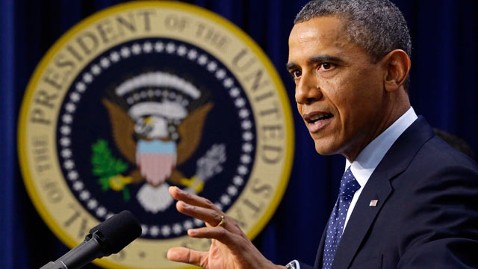YANGON (Reuters) - Myanmar's military has used jets to attacks rebel fighters in northern Kachin state, the government said on Thursday, its first admission of an intensification of a conflict that has raised doubts about its reformist credentials.
Rebel sources have reported aerial bombings, shelling and even the use of chemical weapons since December 28 after the Kachin Independence Army (KIA) ignored an ultimatum to stop blocking an army supply route in the hilly, resource-rich state where more than 50,000 people have been displaced.
Official newspapers said that air support was used on December 30 to thwart KIA fighters who had occupied a hill and were attacking logistics units of the Tatmadaw, as Myanmar's military is known.
"The Tatmadaw troops cleared Point-771 hill and its surrounding areas where the KIA troops were attacking the Tatmadaw logistic troops," the New Light of Myanmar, a government mouthpiece, said. "The air cover was used in the attack."
U.N. Secretary-General Ban Ki-moon voiced concern on Wednesday over reports of helicopters and fighter jets being used in the state bordering China. The KIA said the attacks were intended to clear the path for an assault on its headquarters in Laisa.
Ban called on Myanmar's government to "desist from any action that could endanger the lives of civilians" and reiterated demands for humanitarian aid groups to be granted access, U.N. spokesman Martin Nesirky said in a statement.
President Thein Sein's quasi-civilian administration insists it wants a ceasefire and political dialogue. It says troops have acted only in self-defense and on Thursday denied having plans to seize the KIA's stronghold.
DOMINANT MILITARY
The escalation of fighting has raised doubts about the sincerity of the reformist ex-generals running the government and the extent of their power in a country the size of Britain and France plagued by decades of internal conflict.
Some analysts and diplomats say central government is either not fully committed to peace with the KIA or unable to assert control over the military, which still dominates politics and the economy despite formally ceding power in March 2011.
Colonel James Lum Dau, a Thai-based spokesman for the KIA's political wing, said Kachin officials on the ground had reported up to 300 people killed in air strikes.
"We are in a defensive position. Right now more people are suffering not only bombings, but shelling and spraying of chemical weapons with helicopter gunships and jets," he said. "Only god knows what to do. We are praying."
It is difficult for journalists to independently verify accounts from the two sides.
Fighting erupted in Kachin in June 2010, ending a 17-year truce, and has continued even as government negotiators have agreed ceasefires elsewhere with ethnic Shan, Chin, Mon and Karen militias after decades of fighting in border areas.
Mistrust runs deep between the military and the KIA, which was once backed by China, and multiple rounds of talks aimed at reaching a ceasefire have gone nowhere. Analysts say a history of bad blood and a battle for control of resources, including highly lucrative jade, could be stoking the unrest.
Zaw Htay, a senior official in Thein Sein's office, told Reuters no air strikes had taken place but K-8 trainer jets had provided cover fire to protect ground troops from rebel attacks. The military, he said, had no intention of seizing the KIA's headquarters.
"The president has said this and at the same time he has invited KIA leaders to come and talk with him in Naypyitaw, but they still haven't responded," Zaw Htay said.
(Additional reporting by Paul Carsten in Bangkok; Writing by Martin Petty; Editing by Alan Raybould)










